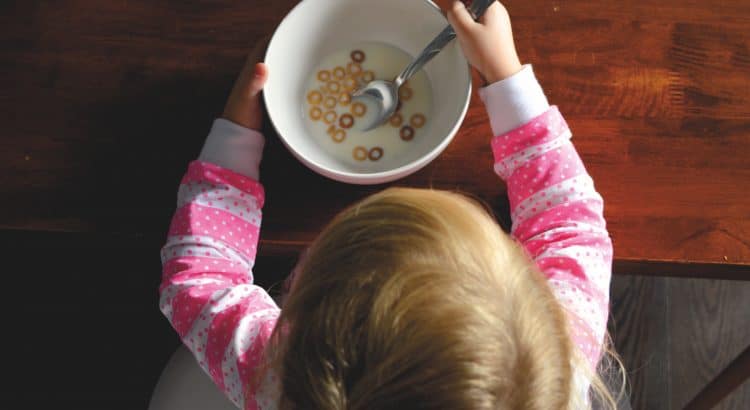You can indeed buy baby food from the store, but making your own baby food right in your kitchen has some advantages. There may be times when you run out of food and milk. What if there’s a storm or you’re snowed in? It might also be impossible to get to the store or have baby food delivered to your house. What if you need to pack baby food for a trip but don’t have time to buy? Or, you may even choose to make a small business of making and selling baby food to your community. Whatever the reason, being able to make baby food can be beneficial and useful. Here are five recipes you can use to make baby food.
This food is a thick and creamy mix that will make your baby enjoy their mealtimes. Asparagus delivers the nutritional need for baby, while the mint livens up their taste buds. You can make this curiously tasty puree in only 20 minutes, and stash batches of it in your freezer.
Asparagus & Mint Puree
This food is a thick and creamy mix that will make your baby enjoy their mealtimes. Asparagus delivers the nutritional need for baby, while the mint livens up their taste buds. You can make this curiously tasty puree in only 20 minutes, and stash batches of it in your freezer.
What You’ll Need:
- 12 ounces of fresh or frozen asparagus, chopped into pieces
- 4 mint leaves
- ½ cup broth, consisting of steamer water combined with formula or breast milk
- Medium saucepan
- Steamer basket
- Blender or food processor
Method:
In the saucepan, boil two inches of water over medium heat. Place the chopped asparagus into the steamer basket and the basket in the pan. Cover and let the asparagus steam for about ten minutes. Allow the asparagus to cool and save the steamer water.
Combine asparagus, mint leaves, and some steamer water with formula or breast milk mixed in. Blend or puree in a blender or food processor until the mixture reaches the desired consistency. Serve some puree to your baby. Store the rest in an airtight container and place it in the freezer.
Carrot-Mango Tango
A naturally-sweet treat, this baby food brings the goodness of fruit and a vegetable to help your baby grow healthy and happy. Fresh mango may be hard to get where you live, but you can buy all-natural, preservative-free mango puree that’s as good as buying it fresh.
What You’ll Need:
- 2 whole apples
- 3 large carrots
- 1 mango, cut into cubes or 4-6 ounces of mango puree
- ½ cup water, mixed with formula or breast milk
Method:
Thoroughly wash the two apples, then peel and steam them. Next, do the same for the three carrots. Place all the ingredients in a blender or food processor, blending or pulsing until the mixture is the desired consistency. Add more of the water and breast milk or formula mixture if needed. Serve some to baby and place the rest in an airtight container. Store the excess in the freezer.
Roasted Banana and Cinnamon
This puree is a great way to introduce baby to the taste and texture of cinnamon. It’s bound to become a baby’s favorite. This recipe is also an excellent way to add bananas to the baby’s diet, a fruit that gives them lots of nutrients and staves off illness
What You’ll Need:
- 4-5 bananas
- ½ teaspoon cinnamon
- ½ cup water with breast milk or formula
Method
Preheat your oven to 325 degrees fahrenheit. Peel and halve bananas lengthwise, then place on a baking sheet lined with parchment or a silicone mat. Roast the bananas for ten minutes, or until they’re slightly brown. Let them cool. Combine bananas and cinnamon in a blender or food processor. Blend or pulse until smooth, while adding water and breast milk or formula mixture. Serve to your baby and place the rest in an airtight container. Store it in the freezer.
These recipes are suitable for babies aged four months and up. Don’t limit yourself to these ideas, as you can try many more recipes. Keep your baby’s food simple and use fresh ingredients. You can also introduce small bits of steamed chicken to add some variety in texture and taste. Making homemade baby food is easy as long as you use simple, tasty, but not overpowering ingredients that are soft and easy to chew and digest.
Photo by Providence Doucet on Unsplash
